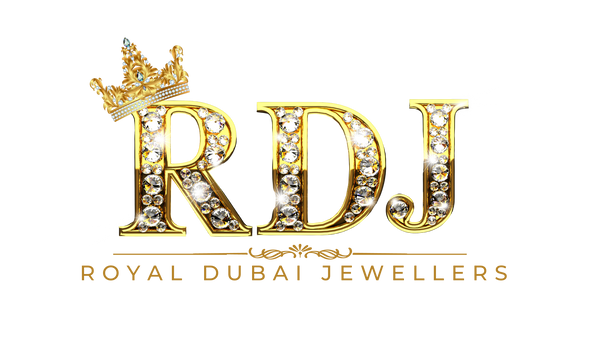Persian Jewelry
Share
Persian jewelry is a beautiful and unique art form that has been practiced for thousands of years. The pieces are known for their intricate designs, the use of precious stones and metals, and the incorporation of cultural symbolism. Here are some of the most common styles and designs of Persian jewelry:
-
Turquoise: Turquoise is a precious stone that has been used in Persian jewelry for centuries. The stone is often associated with protection and is used to create beautiful and intricate designs in silver and gold.
-
Enamel: Enamel is a technique that involves fusing powdered glass to metal to create a colorful and durable coating. Enamel work has been used in Persian jewelry for centuries, with intricate designs and patterns often adorning pieces of silver and gold.
-
Calligraphy: Calligraphy is a distinctive art form that has been used in Persian jewelry for centuries. The Persian language is known for its beautiful script, and calligraphic designs are often used to create meaningful and symbolic pieces of jewelry.
-
Floral designs: Floral designs are a common motif in Persian jewelry. The intricate patterns and delicate details are often achieved through the use of enamel work or intricate metalwork.
-
Filigree: Filigree is a technique that involves twisting and bending thin wires of metal to create intricate designs. Filigree is commonly used in Persian jewelry to create delicate patterns and designs that are often combined with precious stones.
-
Gemstones: Persian jewelry is often adorned with precious gemstones, such as rubies, sapphires, and diamonds. These stones are often set in intricate designs, such as the paisley pattern that is commonly used in Persian jewelry.
Overall, Persian jewelry is a beautiful and intricate art form that reflects the rich history, culture, and traditions of the country. The use of precious metals and stones, combined with intricate designs and cultural symbolism, make Persian jewelry a truly unique and cherished art form.
